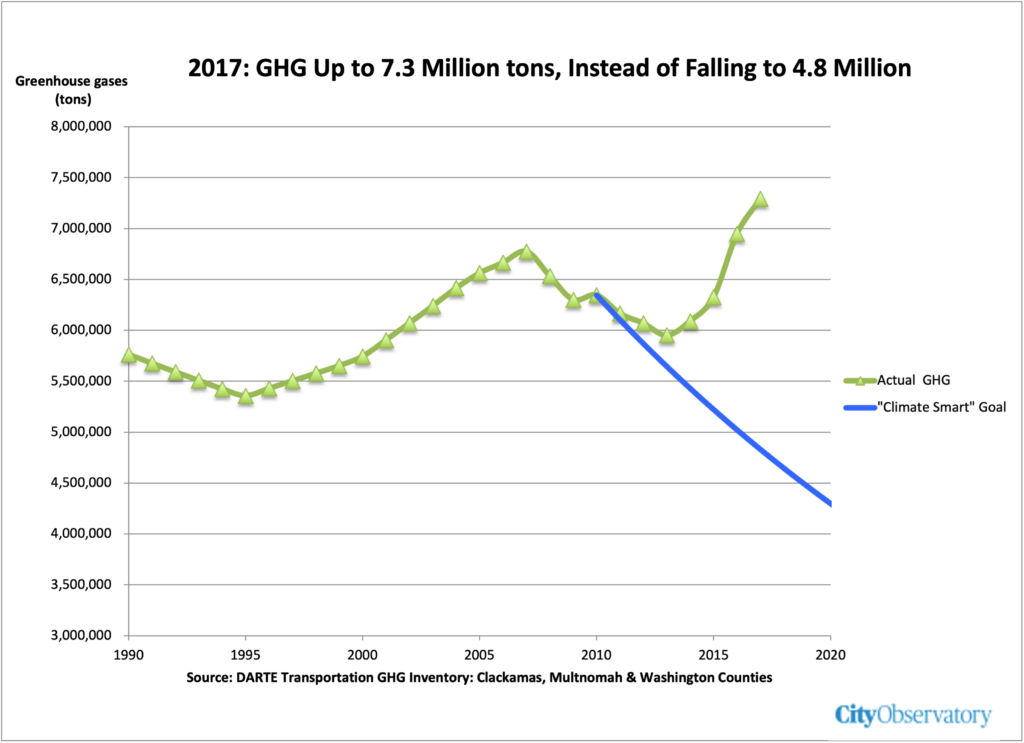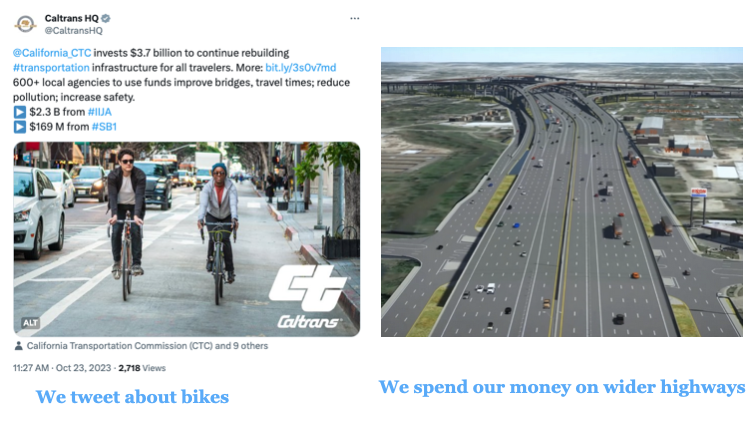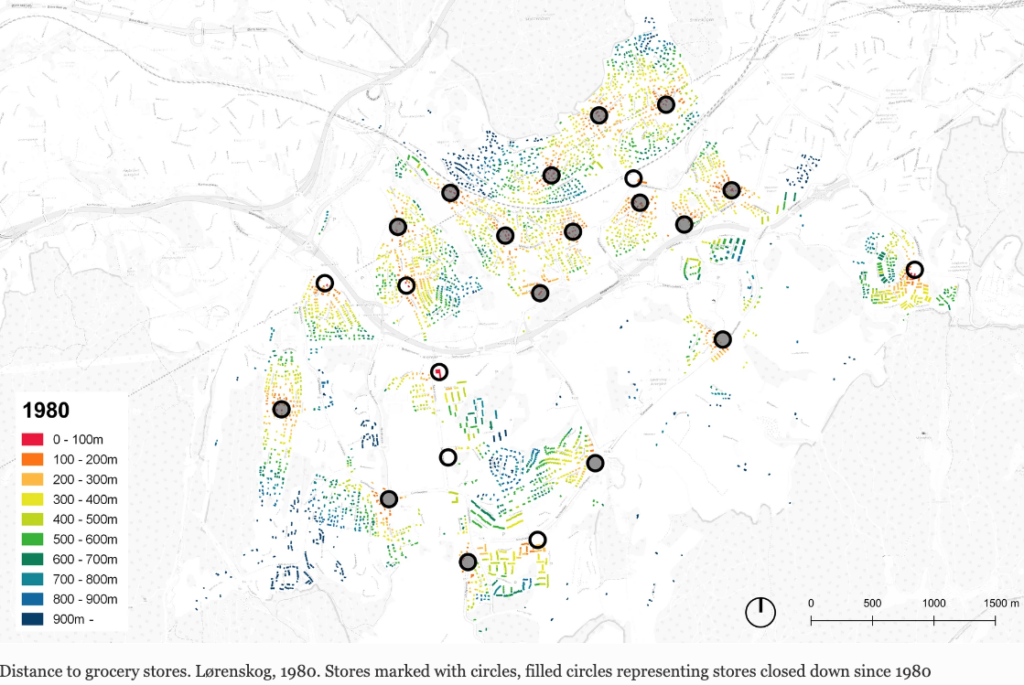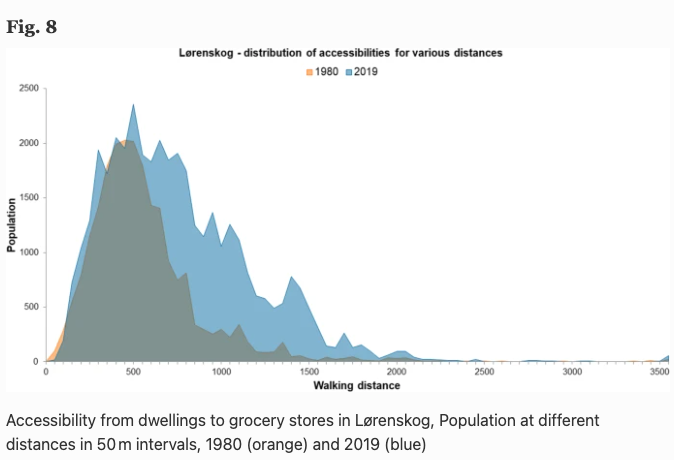What City Observatory did this week
Must Read
Garrison Keillor on cities and civility. Writing at Substack, Garrison Keillor reflects on how walking and taking transit in cities brings us closer together. In an essay, “Standing at 86th, Waiting for a Train,” Keillor observes:
The city attracts aspiring artists, writers, actors, musicians, who are prepared to live in poverty, wait on table if necessary, while scrambling for a break. The quickest way around town is the subway, where unemployed actors, highly paid CEOs, cleaning ladies, digital geniuses, and ordinary working stiffs merge in a river of humanity. There is no Business Class on the A train. In the subway stations, you will find refugees from South America selling cups of fruit, as well as panhandlers, and outright crazy people, all on foot, and to a refugee from the Midwest and suburban freeway culture, this is at first disconcerting and then inspiring. The civility that prevails gives you faith in your fellow man. The politeness shown to a parent of a little kid in a stroller, or an old man using a cane, or an autistic person, is just as third-grade teachers have taught their pupils for generations. People who shove are spoken to, or at least glared at. Passengers stand packed in a rush-hour train doing their best to respect each other’s personal space.
CalTrans: Freeways for the People! In the wake of whistleblower revelations that the California highway department is flouting environmental laws, illegally using maintenance funds to widen roads, and generally subverting the state’s climate plans, the California Transportation Commission pushed back. The commission’s chair, from famously car-dependent Fresno tearfully claimed that wider roads were “for the people.” All this flies in the face of scientific evidence that widening roads does nothing to reduce congestion and travel times, increases driving and pollution, and leads to more sprawl and car-dependence.
Like other state DOT’s parade bike lanes and pedestrian facilities, but devote spend orders of magnitude more funds on widening roadways. CalTrans director xxxx tweeted about the agencies bike projects, but the reality is captured more by giant freeway widenings.
Renderings of giant freeway projects invariably show that they will be little used. If that were really the case, there would be no reason to spend billions making them so large.
New Knowledge
More cars = fewer and more distant grocery stores.
A new study looks at how the changing patterns of grocery store location and residential development are affecting travel patterns. The study is a detailed, multi-decade examination of two towns in Norway. The authors plot the location of grocery stores and residents in 1980 and 2019, and compute the walking distances to the nearest store. Here’s a map of Lørenskog, showing 1980 stores. Over time, there are fewer grocery stores and they are, on average, further from homes. The number of grocery stores declined from 23 in 1980 to 16 in 2019, with stores closing in central locations (shaded circles) and new stores opening in somewhat more peripheral locations. The number of grocery stores fell by about one-third, even as population increased by almost 50 percent.
The net effect of store closures and new store openings was to increase the average distance to the nearest grocery store. In 1980, 55 percent of residents lived within 500 meters of the nearest grocery; by 2019 only about 35 percent were that close.
Over four decades, the number of grocery stores declined, population decentralized, and the average household ended up further from the nearest store. These trends have important implications for transportation policy. With common destinations like stores further away, fewer people will walk, and more people will choose to use (and own) cars in order to perform basic daily tasks.
. . . this change in distances represents a kind of lock-in effect: Increased distances to essential locations make a modal shift from car to more sustainable transport modes difficult to achieve.The changes in accessibility illustrated in this paper are likely parts of structural conditions of locations at neighbourhood-, city- and county scale that are so decisive for travel mode choice that the contrary effects of policies and interventions trying to reduce car driving as currently applied by the government, such as increased toll roads for private cars and providing new bicycle lanes, are overruled.
In addition—though not noted in the study—growing levels of car ownership change the competitive economic landscape of grocery retailing, making it harder for small neighborhood stores to compete against larger shops with better selection, and often lower prices.
Rokseth, L.S., Heinen, E., Hauglin, E.A. et al. Reducing private car demand, fact or fiction? A study mapping changes in accessibility to grocery stores in Norway. Eur. Transp. Res. Rev. 13, 39 (2021). https://doi.org/10.1186/s12544-021-00500-7





